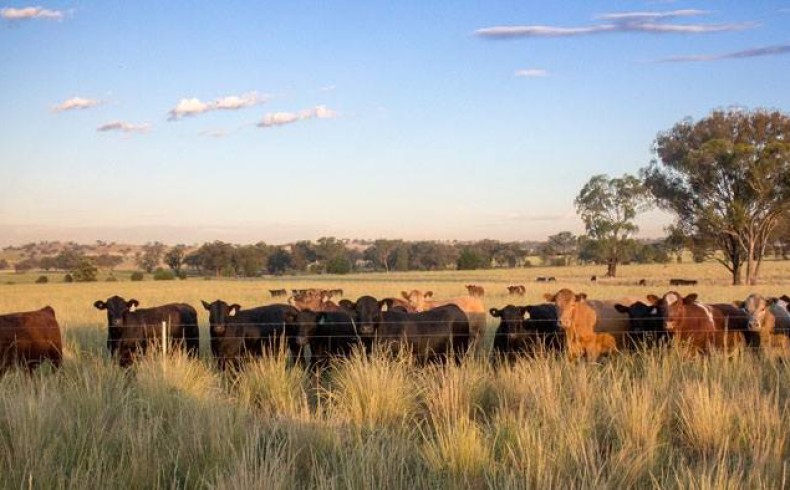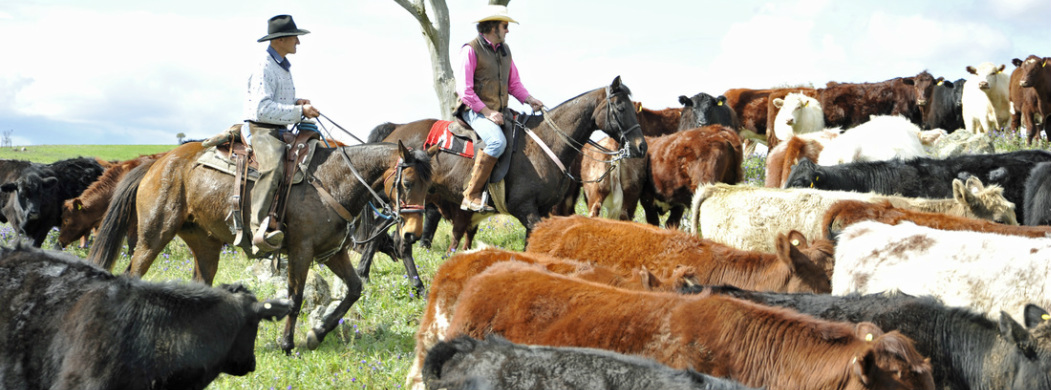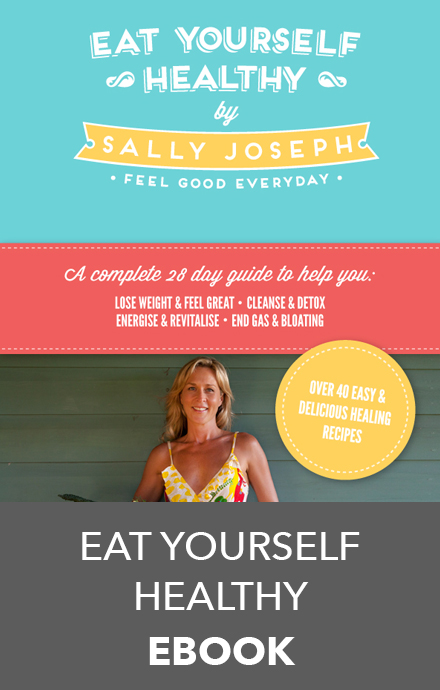
You may recall a recent post I wrote on the health benefits of choosing organic chicken vs caged or free range chicken and eggs , but when it comes to red meat, it’s just as important to consider what your T-bone steak was fed, drenched in, and injected with, BEFORE throwing it on the barby!
Australia is one of the largest producers and exporters of red meat and that means BIG business, but like so many corporate entities, meat producers can be guilty of cutting corners with our health, in the name of a dollar! Australian cattle are either grass fed or grain fed, with around 35% of beef coming from cattle that are ‘finished’ in feedlots, where they are fed a grain based diet to fatten them up. This is meagre compared to the US where more than 90% of the meat consumed is grain-fed! Grain fed cows can gain as much as 180 kg during a stint in a feedlot (another reason I don’t encourage a high grain based diet in humans!). The purpose of this rapid weight gain is to encourage the deposition of fat to produce marbling and increase the animal’s muscle mass. So whilst this fat is desirable for producing better flavor and tenderness, it’s the associated health issues for both the animal and us, that brings grain fed, feedlot cattle into question.
So what are the health benefits of grain fed vs grass fed beef?
Cattle reared on a grain based diet, like soy, corn and cereal grains, contain less naturally occurring omega-3 essential fatty acids – the good fats that help control inflammation. Grain fed cattle also contain a vastly disproportionate ratio of omega-6 to omega-3 essential fatty acids – a whopping 20:1 in grain fed vs 4:1 in grass fed – which is not desirable for our health. But it’s not just the lower levels of omega-3 essential fatty acids that come with eating grain fed beef, but the chemical additives and antibiotics these cattle are routinely exposed to, for the purpose of preventing disease and encouraging weight gain. The common practice of feeding animals with antibiotics is also contributing to the rise of antibiotic-resistant bacteria, putting human health at risk.
Then there’s the issue of growth hormones administered to feedlot cattle. Synthetic growth hormones are used for commercial reasons – to produce more, supposed ‘quality’ meat – and regulators permit the use of hormones on the grounds of ‘no risk to human health has been proven’ – even though hormone residues turn up in the meat we eat! These are contributing to the buildup of xeno oetrogens ( foreign oestrogens) in the environment and the human body. You can read my post about the health impacts of xeno oestrogens here. Recent studies have also found elevated levels of synthetic growth hormones in feedlot wastes, which eventually wind up in the waterways downstream of feedlots.
So as you can see the argument for grain fed beef, raised in feedlots ain’t stacking up to well for either the cattle or us! Sure grain fed beef may arguably be more sustainable because they require less space, but we need to consider the land area required to grow the mono-culture crops such as corn, soy and cereals which are fed to feedlot reared cattle.
The Benefits of Eating Grass Fed Beef
So aside from the higher levels of healthy omega-3 fatty acids, grass fed cattle, are able to roam freely to forage on a natural, more diversified diet compared to grain fed cattle – The last time I checked, cows don’t tend to hang in the corn and soy fields for their food, so the closer animals and humans eat to what nature intended, the better for our health! Because grass fed cattle are free ranging, they are also far less stressed than feedlot reared cattle, making for happier healthier cows, and this translates to a more tender, flavoursome steak for us!

Grass fed cattle are generally not fed hormones or antibiotics, unless they are finished in a feedlot, meaning less chemicals for them and us! One such grass fed beef producer is Charlie Arnott. His cattle are 100% grass fed, as nature intended and never see the inside of a feedlot, and wouldn’t know a chemical, vaccine or synthetic hormone, if it hit them between the eyes! They apply organic and biodynamic farming principles throughout their beef production process – from the grass to the trees, to the cattle that roam freely – and quite happily I might add – ensuring all aspects of their environment are well looked after, in a sustainable and environmentally friendly way.
So next time you head out for your weekly meat shop, ask yourself these simple questions…
1. Do you know where your meat has come from ?
2. Do you know how your meat was produced?
3. Do you know what your meat was fed?
One of the best ways to find the answer to these questions is to buy your meat at your local butcher instead of the supermarket and ask if their beef is 100% grass fed or grain fed.
Charlie Arnotts’ 100% grass fed beef can be purchased from 1888 Certified Butchers in Bondi, NSW and to read more about the story behind Charlie’s happy, healthy grass fed cattle, check out his website here
And if your keen to learn how to keep your food clean and your waistline lean, check out my anti- inflammatory, eating program Eat Yourself Healthy In 28 Days
Why not follow me on instagram and facebook for regular tips and inspiration on how to Eat Yourself Healthy
© All Rights Reserved Sally Joseph 2014


Health & Lifestyle Tips
Delicious Healthy Recipes
Educational & Recipe Videos









HI David, Thanks for the complement! I am a keen advocate of grass fed meat and educating the consumer on becoming more aware about ‘where’ their food has come from before it landed on their plate! Your book sounds great, I’ll have to grab a copy! Keep up the great work with getting the word out there also! CHeers Sally
A great post. Great information. I think the tide of informed public opinion is beginning to move on the issue of health benefits of meat from grass finished grazing animals versus the meat from animals raised or finished in a feed lot. Its moving positively in the direction of grass finished.
As a rural journalist, and a person with vital interest in good diet, I like to put the idea of ‘The Human Feedlot’ to people to describe the way we eat and live in modern cities. If you have a rural background and understand how a feedlot works, it’s not hard to see that the conditions of a modern city have many similarities to the lives of cattle in a feedlot.
…. and now for shameless bit of self promotion. The concept of ‘The Human Feedlot’ is one of the concepts developed in my book, ‘Why didn’t my Grandmother GET FAT? … and why did I?’ See http://www.DMJBooks.com for more information about it.